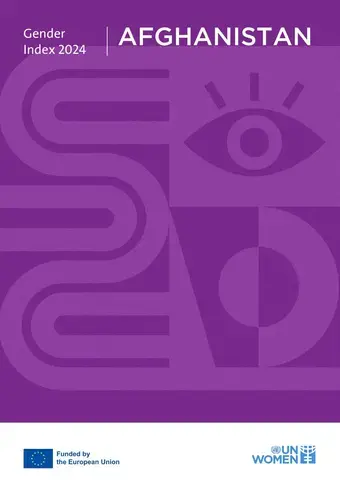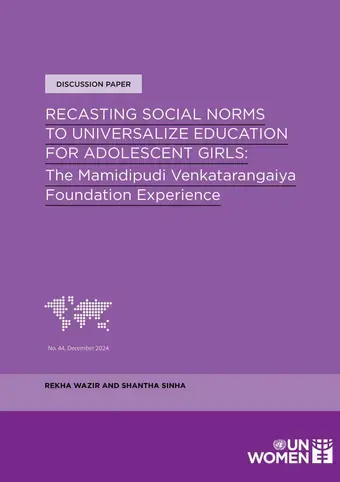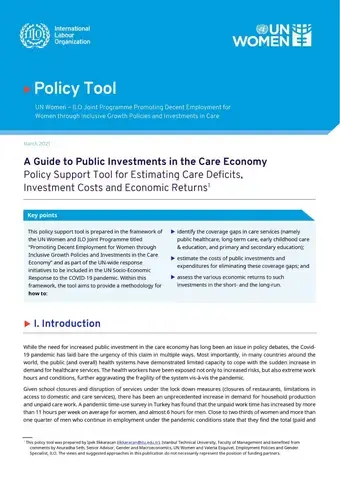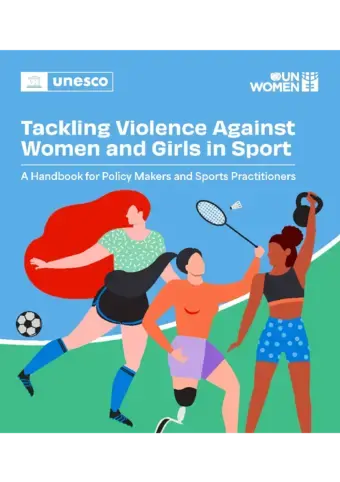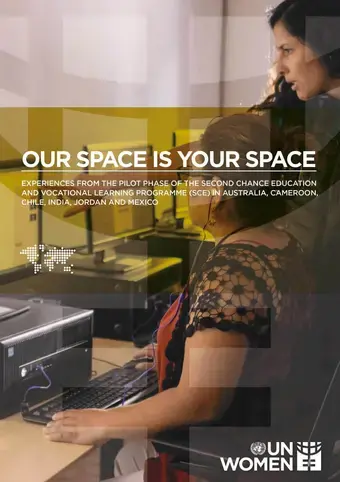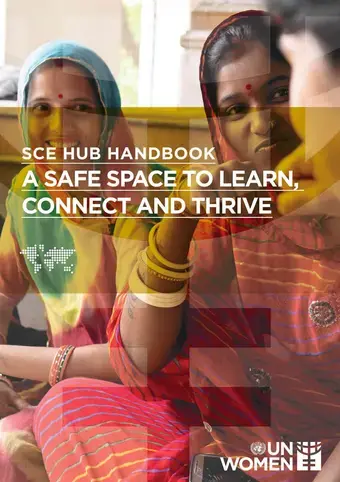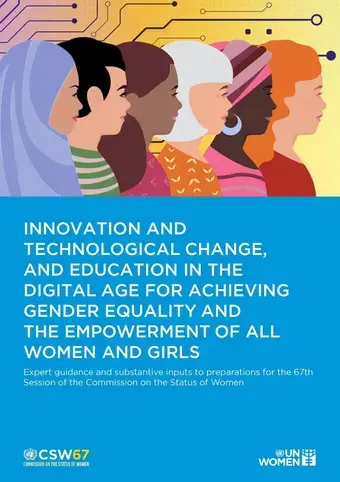SDG 4 – Quality education
Children in women led schools gain more but are overwhelmingly being led by men
Globally, girls have surpassed boys in school enrolment and completion rates, especially in primary and secondary education. Gender gaps in completing secondary schooling remain wide in sub-Saharan Africa, however, where progress over the past decade has moved at half the rate of Central and Southern Asia, the only other region where girls lag boys. Achievement gaps in many countries, particularly in mathematics in favour of boys, persist and are pronounced in Brazil, Chile, Italy, New Zealand and the United Kingdom (England). If inequalities in education often begin in school, they do not end there. In low-income countries, among prime-aged adults (25–54), only 50 women participate in formal and non-formal education and training programmes for every 100 men.
In 65 of 70 countries
women are far more likely to be secondary schoolteachers than principals.
Women’s leadership in education advances gender equality. Women are more likely to prioritize inclusive learning and address constraints disproportionately affecting girls, such as gender-based violence, shortfalls in safe transport, and a lack of sanitation facilities and menstrual health education. Evidence from Benin, Madagascar, Senegal and Togo confirms that schools led by women, compared to men, demonstrate stronger performance in reading and mathematics. They achieve outcomes comparable to students receiving an additional year of schooling. In Cambodia, Lao People’s Democratic Republic and Myanmar, children in women-led schools gained up to six months of learning. Yet in 65 of 70 countries and territories, women are more likely to be secondary schoolteachers than principals, including in St. Lucia (71 and 9 per cent of the totals, respectively), Türkiye (56 and 7 per cent) and the British Virgin Islands (75 and 0 per cent). On average, the gap is 19 percentage points.
A changing education landscape and growing use of generative AI demand close attention, since those without digital skills will be left behind. Women and girls are more likely to be offline than men and boys (35 and 30 per cent) and could be disproportionately disadvantaged.
